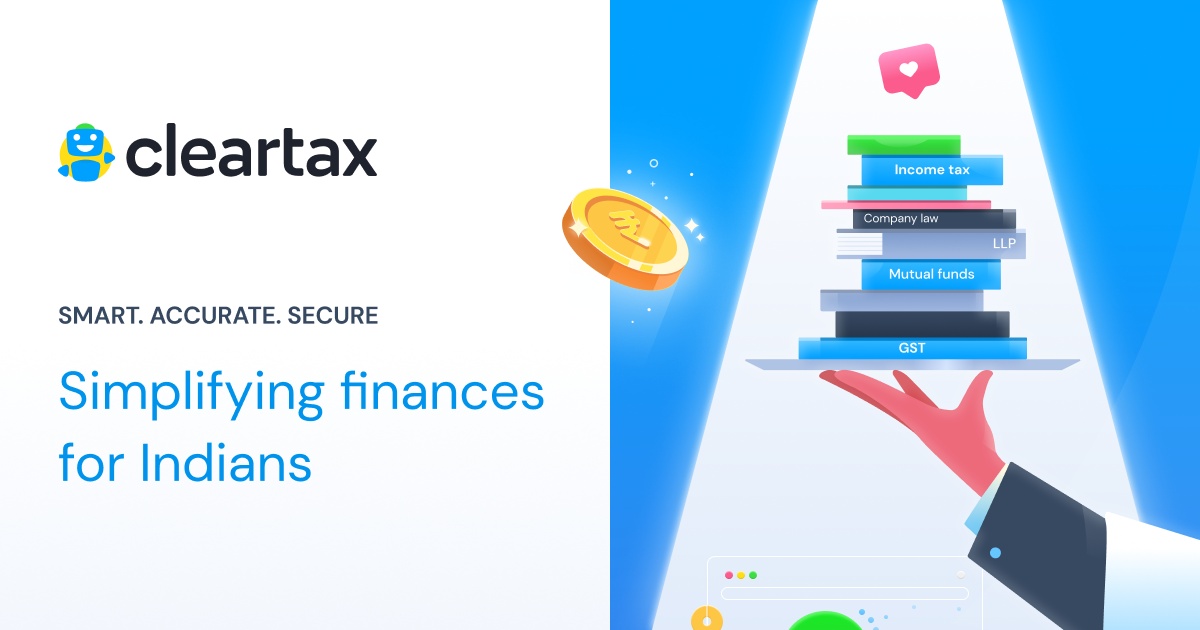
Securing Retirement Stability Through Pension Schemes
Retirement planning is a critical aspect of financial security, yet many individuals struggle to maintain their lifestyle post-retirement. In response to this challenge, the Government of India introduced the Employee Pension Scheme (EPS) in 1995 as part of the broader Employee Provident Fund (EPF) framework. This initiative aims to provide retirees with a steady income stream, ensuring they can enjoy a stress-free retirement. Central to this system is the Pension Payment Order (PPO), a unique identifier that facilitates financial transactions and communication for pensioners. Understanding how to access and manage this crucial document is essential for EPF account holders seeking to optimize their retirement benefits.
Decoding the Pension Payment Order (PPO)
The Pension Payment Order serves as a 12-digit transaction ID assigned to each pensioner under the EPS. This number acts as a reference point for all pension-related activities, including payments and correspondence. For retirees, the PPO is more than a mere code—it’s a gateway to managing their financial affairs efficiently. To obtain this identifier, individuals can access the EPFO portal by entering their PF or bank account details. Alternatively, visiting an EPFO office or contacting the toll-free helpline at 14470 provides another avenue for retrieving this critical information. The PPO’s role extends beyond identification, as it enables seamless transactions and ensures accurate disbursal of pension funds.
Streamlining PPO Status Checks and Downloads
Monitoring the status of a Pension Payment Order is straightforward through the Central Pension Accounting Office’s website. By inputting the 12-digit PPO number, pensioners can verify transaction details and ensure timely processing of their payments. Additionally, the DigiLocker platform offers a convenient method for downloading PPO documents. By logging in with an Aadhaar number and following a series of verification steps, retirees can access their PPO digitally. This integration with government services simplifies document management, reducing the need for physical paperwork. The process highlights the government’s commitment to digitization, enhancing accessibility for pensioners across the country.
EPF Contributions and Pension Fund Mechanics
The EPS operates as a contribution-based scheme under the EPF framework, requiring both employers and employees to make regular contributions. Employees contribute 12% of their basic salary and Dearness Allowance (DA) monthly, with employers matching this amount. Together, these contributions form the EPS corpus, with 8.67% allocated specifically to the pension fund. This structured approach ensures a sustainable financial foundation for retirees. Understanding the breakdown of these contributions is vital for employees to plan their retirement savings effectively. The system’s design emphasizes long-term security, balancing individual contributions with employer support to create a robust pension framework.
State-Specific Categories for Pension Management
The pension system extends to state government employees through designated category IDs, ensuring tailored administrative support. These categories, ranging from Andhra Pradesh to West Bengal, facilitate efficient processing of pension claims and document verification. Each state’s unique administrative structure requires specific categorization, enabling targeted policy implementation. This classification system streamlines pension management, ensuring compliance with regional regulations while maintaining national standards. For pensioners, selecting the appropriate category ID is crucial for accurate record-keeping and seamless transactions. The integration of these categories into the broader EPS framework underscores the government’s commitment to inclusive and efficient pension administration.



